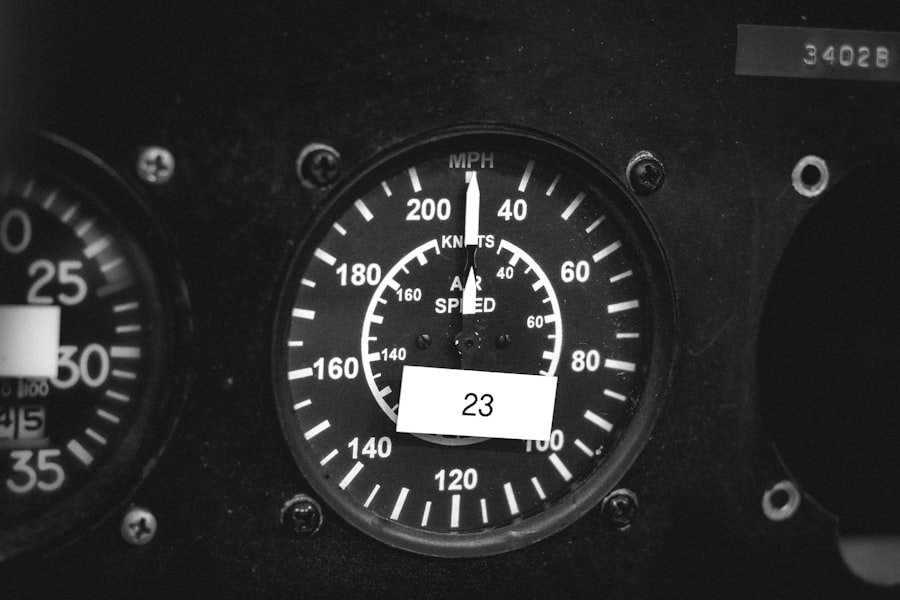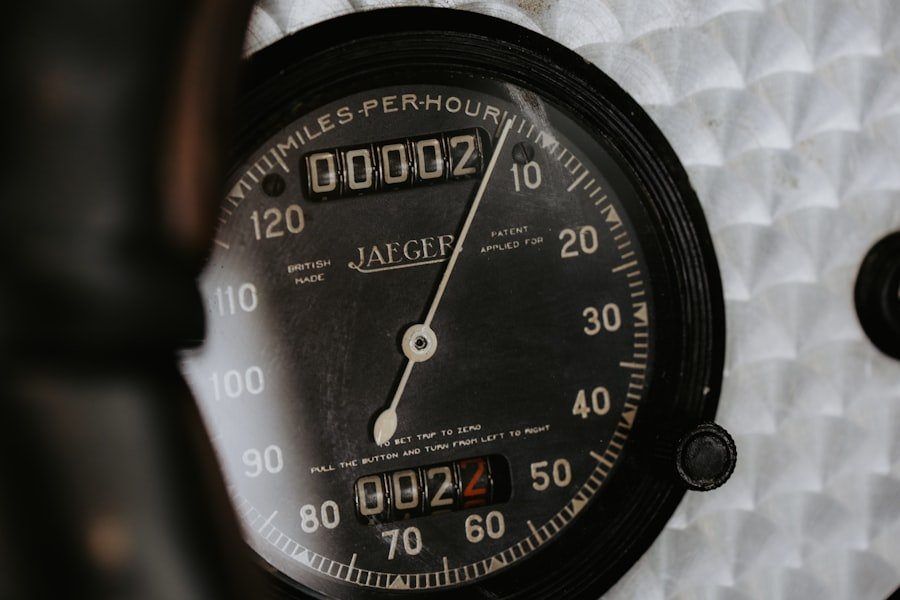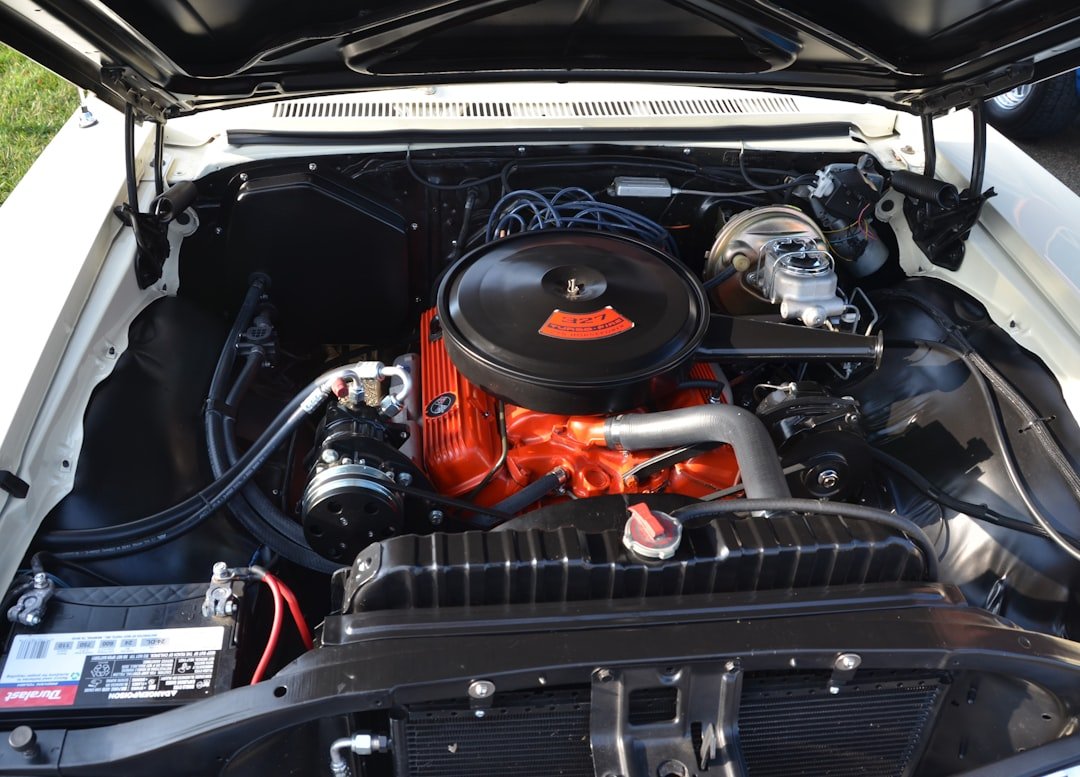Engine temperature is a critical aspect of automotive performance and longevity. It refers to the heat generated by the engine during operation, which is a byproduct of the combustion process. When fuel combusts in the engine’s cylinders, it produces energy that powers the vehicle, but it also generates significant heat.
This heat must be effectively managed to ensure optimal engine performance and to prevent damage. The ideal operating temperature for most internal combustion engines typically ranges between 195°F to 220°F (90°C to 105°C). At this temperature, the engine operates efficiently, ensuring that fuel is burned completely and emissions are minimized.
The engine’s cooling system plays a vital role in regulating temperature. It consists of components such as the radiator, water pump, thermostat, and coolant. The coolant circulates through the engine, absorbing heat and transferring it to the radiator, where it dissipates into the air.
The thermostat acts as a gatekeeper, controlling the flow of coolant based on the engine’s temperature. If the engine gets too hot, the thermostat opens to allow more coolant to flow, while it closes when the engine is cool enough. Understanding this balance is essential for maintaining engine health and performance.
Key Takeaways
- Engine temperature is a critical factor in the performance and longevity of a vehicle.
- Factors such as weather, driving conditions, and engine load can affect engine temperature.
- Maintaining normal engine temperature is crucial for optimal engine performance and fuel efficiency.
- Signs of overheating include steam coming from the engine, a hot smell, and the temperature gauge reaching the red zone.
- Consequences of overheating can include engine damage, warped cylinder heads, and blown head gaskets.
Factors Affecting Engine Temperature
Several factors can influence engine temperature, and understanding these can help in diagnosing potential issues. One of the primary factors is the ambient temperature. In colder climates, engines may take longer to reach their optimal operating temperature, while in hotter climates, they may run hotter than usual.
Additionally, driving conditions play a significant role; stop-and-go traffic can cause engines to heat up more quickly due to reduced airflow through the radiator and less coolant circulation. Another critical factor is the condition of the cooling system itself. A malfunctioning thermostat can lead to improper coolant flow, causing the engine to overheat or run too cold.
Similarly, a failing water pump can impede coolant circulation, leading to temperature fluctuations. The quality and level of coolant are also essential; old or contaminated coolant may not effectively transfer heat, while low coolant levels can lead to overheating. Regular maintenance checks can help identify these issues before they escalate into more significant problems.
Importance of Maintaining Normal Engine Temperature

Maintaining a normal engine temperature is crucial for several reasons. Firstly, an engine that operates within its optimal temperature range performs more efficiently. When an engine runs too hot or too cold, it can lead to incomplete combustion, resulting in increased fuel consumption and higher emissions.
This inefficiency not only affects the vehicle’s performance but also contributes to environmental pollution. Moreover, consistent engine temperatures contribute to the longevity of engine components. High temperatures can cause metal parts to warp or degrade, leading to costly repairs or even complete engine failure.
Conversely, running too cold can lead to increased wear on engine components due to improper lubrication and fuel atomization. Therefore, keeping the engine at its ideal temperature is essential for both performance and durability.
Signs of Overheating
| Signs of Overheating | Description |
|---|---|
| Excessive sweating | Body trying to cool down |
| Flushed skin | Increased blood flow to the skin |
| Rapid heartbeat | Body working harder to cool down |
| Headache | Result of dehydration and overheating |
| Dizziness | Sign of heat exhaustion |
Recognizing the signs of overheating is vital for preventing severe engine damage. One of the most apparent indicators is the temperature gauge on the dashboard; if it rises into the red zone or exceeds normal operating levels, it’s a clear warning sign. Additionally, drivers may notice steam rising from under the hood or a burning smell, which often indicates that coolant is boiling over or leaking.
Other symptoms include a sudden loss of power or performance while driving. An overheating engine may struggle to maintain speed or accelerate as expected due to thermal stress affecting its efficiency. Unusual noises such as knocking or pinging can also occur as components expand and contract with temperature changes.
If any of these signs are observed, it’s crucial to take immediate action to prevent further damage.
Consequences of Overheating
The consequences of an overheating engine can be severe and often lead to extensive damage if not addressed promptly. One of the most immediate risks is a blown head gasket, which can result in coolant leaking into the engine oil or combustion chamber. This not only compromises lubrication but can also lead to catastrophic engine failure if not caught in time.
In addition to head gasket failure, overheating can cause warping of the cylinder head or engine block itself. This warping can create gaps that allow coolant and oil to mix, leading to further complications such as hydrolock or severe internal damage. The cost of repairs for an overheated engine can be substantial, often requiring complete engine rebuilds or replacements depending on the extent of the damage.
Consequences of Running Too Cold

While overheating poses significant risks, running an engine too cold also has its own set of consequences that can affect performance and longevity. An engine that operates below its optimal temperature may experience incomplete combustion due to insufficient heat for proper fuel vaporization. This inefficiency can lead to increased fuel consumption and higher emissions, which not only impacts the environment but also results in higher operating costs for the driver.
Moreover, running too cold can lead to increased wear on engine components. Oil may not reach its optimal viscosity at lower temperatures, resulting in inadequate lubrication and increased friction between moving parts. Over time, this can lead to premature wear and tear on critical components such as bearings and piston rings.
Therefore, maintaining an appropriate operating temperature is essential for ensuring both efficiency and durability.
Monitoring Engine Temperature
Monitoring engine temperature is a proactive approach that can help prevent overheating and other related issues. Most modern vehicles are equipped with temperature gauges that provide real-time feedback on engine heat levels. Drivers should familiarize themselves with these gauges and understand what constitutes normal operating temperatures for their specific vehicle model.
In addition to dashboard gauges, some drivers opt for aftermarket monitoring systems that provide more detailed information about engine performance. These systems can offer insights into coolant temperatures, oil temperatures, and even exhaust gas temperatures. By keeping a close eye on these metrics, drivers can identify potential problems before they escalate into serious issues.
Tips for Maintaining Normal Engine Temperature
To maintain normal engine temperature effectively, regular maintenance is key. One of the most important steps is ensuring that the cooling system is in good working order. This includes checking coolant levels regularly and replacing old or contaminated coolant according to manufacturer recommendations.
Flushing the cooling system periodically can also help remove debris and contaminants that may hinder performance. Additionally, drivers should pay attention to their vehicle’s thermostat and water pump functionality. If there are any signs of malfunction—such as fluctuating temperatures or unusual noises—these components should be inspected and replaced if necessary.
Keeping an eye on belts and hoses connected to the cooling system is also crucial; worn or damaged hoses can lead to leaks that compromise coolant levels and overall system efficiency.
Common Causes of Engine Overheating
Several common causes can lead to engine overheating, each requiring specific attention for resolution. One prevalent issue is a malfunctioning thermostat that fails to open or close properly, disrupting coolant flow and causing heat buildup within the engine. Another frequent culprit is a failing water pump; if it cannot circulate coolant effectively, temperatures will rise rapidly.
Additionally, low coolant levels due to leaks or evaporation can significantly impact cooling efficiency. Drivers should regularly check for signs of leaks under their vehicles or around hoses and connections. Radiator blockages caused by debris or corrosion can also impede airflow and coolant flow, leading to overheating issues that require immediate attention.
Common Causes of Engine Running Too Cold
Running an engine too cold can be just as problematic as overheating, with several common causes contributing to this issue. A faulty thermostat that remains stuck open prevents the engine from reaching its optimal operating temperature by allowing excessive coolant flow at all times. This condition often leads to poor fuel efficiency and increased emissions.
Another potential cause is a malfunctioning temperature sensor that inaccurately reads engine temperatures and sends incorrect signals to the vehicle’s computer system. This miscommunication can result in improper fuel mixture adjustments that further exacerbate cold running conditions. Additionally, driving habits such as frequent short trips may prevent engines from warming up adequately, leading to prolonged periods of inefficient operation.
Seeking Professional Help
When faced with persistent issues related to engine temperature—whether overheating or running too cold—seeking professional help is often necessary for accurate diagnosis and repair. Certified mechanics possess the expertise and tools required to conduct thorough inspections of cooling systems and related components. Professional diagnostics can uncover underlying issues that may not be immediately apparent to vehicle owners.
For instance, they may identify subtle leaks in hoses or connections that could lead to significant problems over time if left unaddressed. By investing in professional assistance when needed, drivers can ensure their vehicles remain in optimal condition while avoiding costly repairs down the line due to neglecting critical temperature management issues.
If you are interested in maintaining the optimal performance of your vehicle, you may also want to check out this article on
